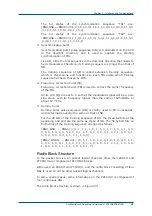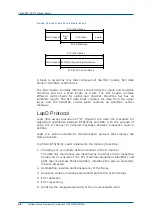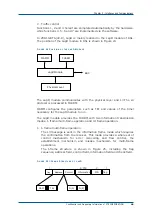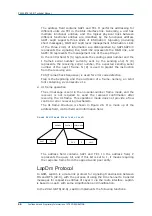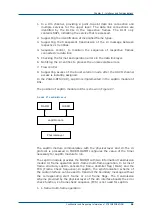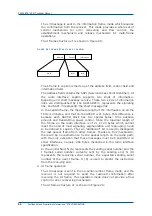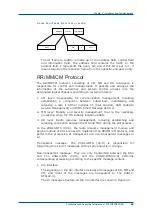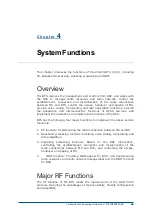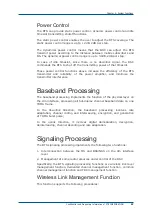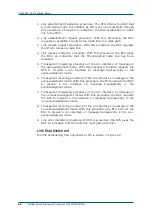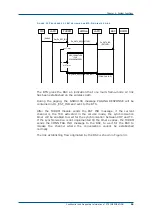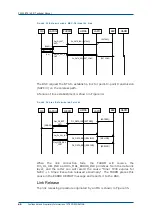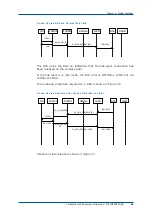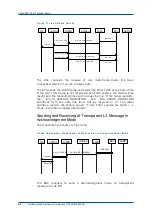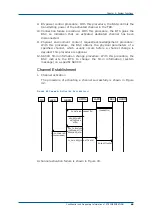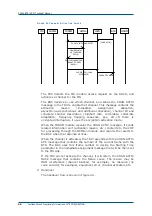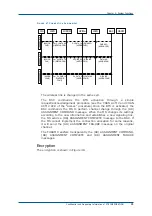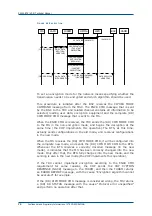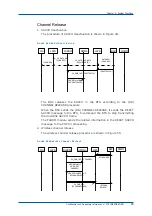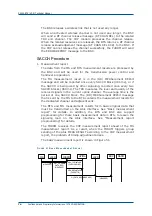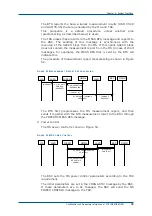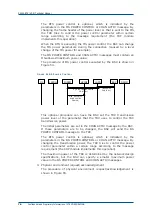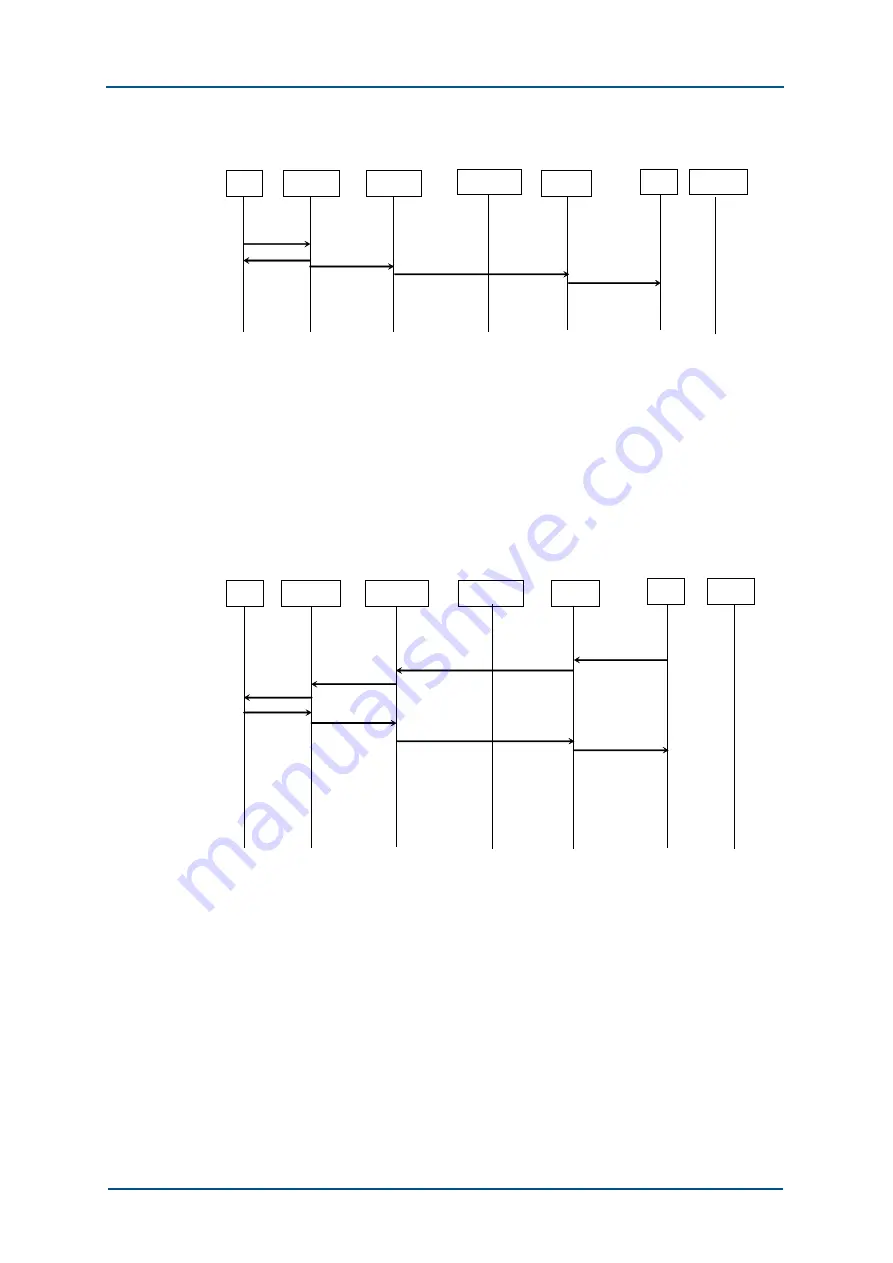
Chapter 4 - System Functions
Confidential and Proprietary Information of ZTE CORPORATION 61
F
I G U R E
3 5
L
I N K
R
E L E A S E
O
R I G I N A T E D B Y
M S
MS
LAPDm
FURRM
HPIMan
LAPD
BSC
OAMM
Dm_DL_REL_IND
DL_DATA_REQ (REL IND)
(REL IND)
(DISC)
(UA)
The BTS gives the BSC an indication that the link-layer connection has
been released on the wireless path.
If the link layer is in idle mode, the BTS returns DM frame to MS but not
notifies the BSC.
The releasing procedure required by a BSC is shown in Figure 36.
F
I G U R E
3 6
L
I N K
R
E L E A S I N G
P
R O C E D U R E
R
E Q U I R E D B Y A
B S C
MS
LAPDm
FURRM
HPIMan
LAPD
BSC
OAM
Dm_DL_REL_REQ
DL_DATA_IND (REL REQ)
(REL REQ)
(DISC)
(UA or DM)
Dm_DL_REL_CO
NF
DL_DATA_REQ (REL CONF)
(REL CONF)
A failure of link release is shown in Figure 37.
Summary of Contents for ZXG10-BTS
Page 4: ...This page is intentionally blank ...
Page 8: ...Figures 121 Tables 123 ...
Page 9: ...This page is intentionally blank ...
Page 10: ......

